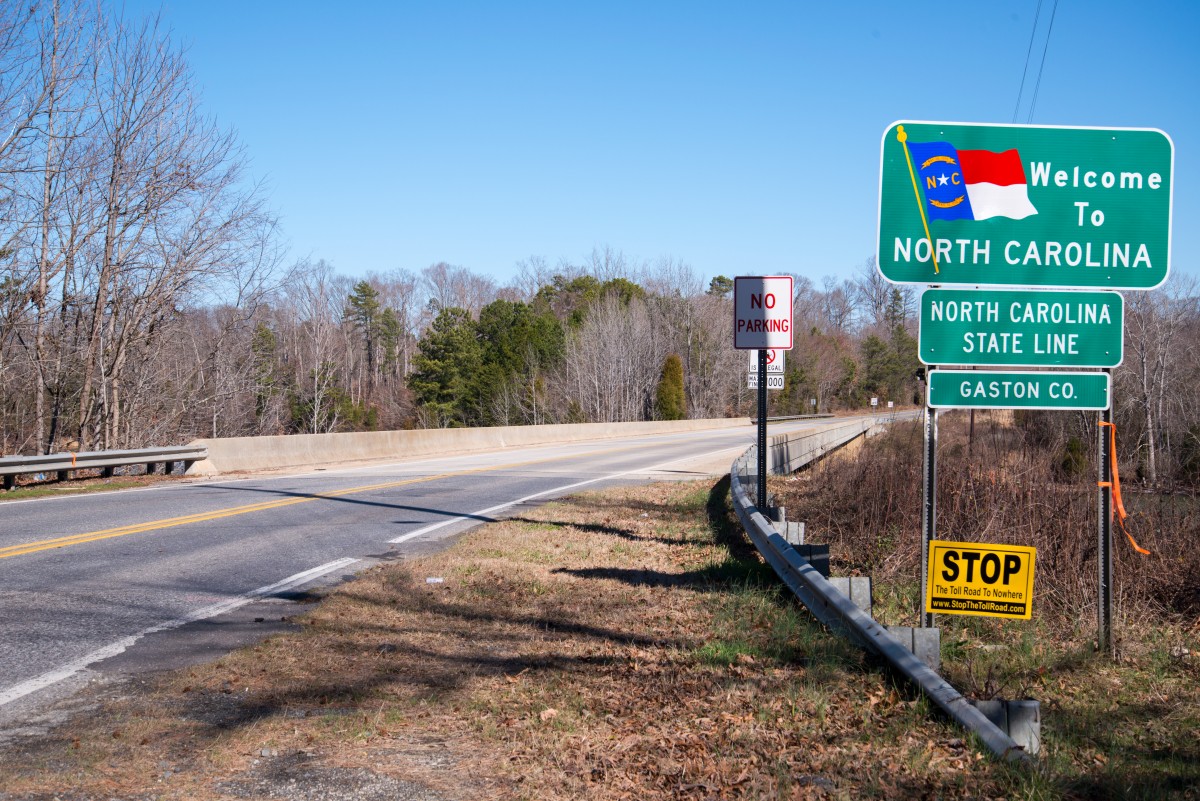The latest Fox News poll suggests Donald Trump’s rural advantage has dropped by two-thirds since 2016.

When is a lead not a lead?
When it’s a mere 9-point advantage for Donald Trump among rural voters, which is what the latest Fox News poll is reporting.
In 2016, Trump won the rural vote by 33 points — 64 percent compared to Hillary Clinton’s 31 percent. In key battleground states like Pennsylvania, Michigan and Wisconsin, Trump’s advantage with rural voters was decisive.
If Trump’s rural support really is running at about one third of the 2016 level, that spells trouble.
Barack Obama won the presidency while losing the rural vote by 12 points in 2008 and 19 points in 2012.
But the national vote doesn’t elect presidents. State votes do. And it’s here that the electoral math and rural voters get interesting.
In 2016, Trump won Pennsylvania, Michigan and Wisconsin by a fraction of a percentage point each. His rural advantage was strong and decisive in each of those victories. In Pennsylvania, he had a 44-point rural advantage; in Michigan, 26 points; in Wisconsin, 19 points.
Erode those rural margins, and the results flip. For example, if Clinton had lost among rural Pennsylvania voters by 30 points instead of 44, she would have won the state’s 20 electoral votes. The math is similar in Michigan and Wisconsin.
November is a long way away. And the 2020 election is going to be anything but normal. But whatever happens, the president is going to need significant support from rural voters to win. The Fox poll indicates that he’s got work to do there. It also shows that Democrats may have more opportunity with rural voters than their campaigns usually suggest.
Rural voters alone won’t determine the next election, just as they didn’t single-handedly determine the 2016 results. Without a close race in big-city suburbs and lots of support in medium-sized cities, Trump wouldn’t be in the White House. But in a tight election, every category of voters counts, and small changes make big differences.
This piece was originally published by the Daily Yonder.



